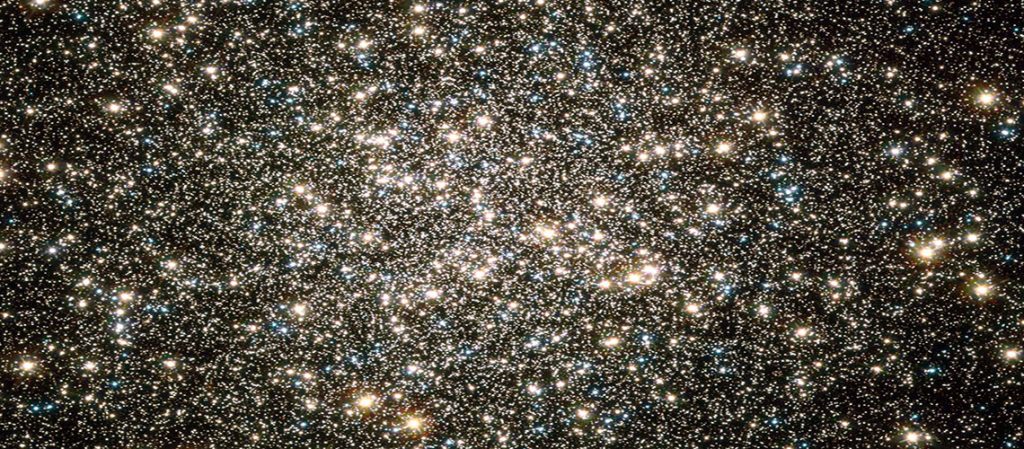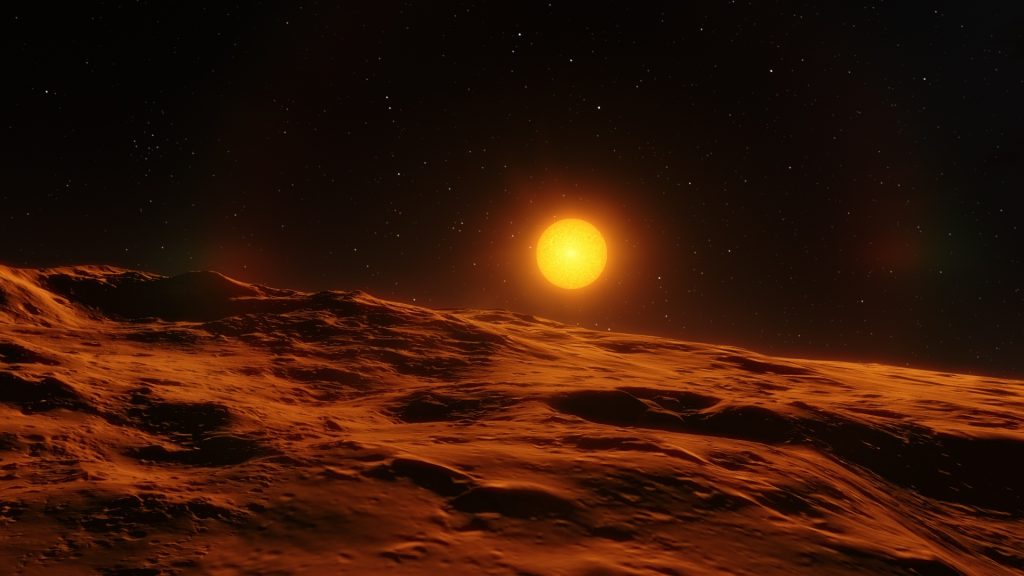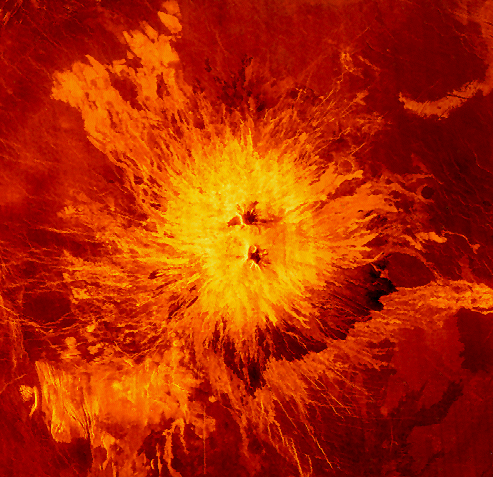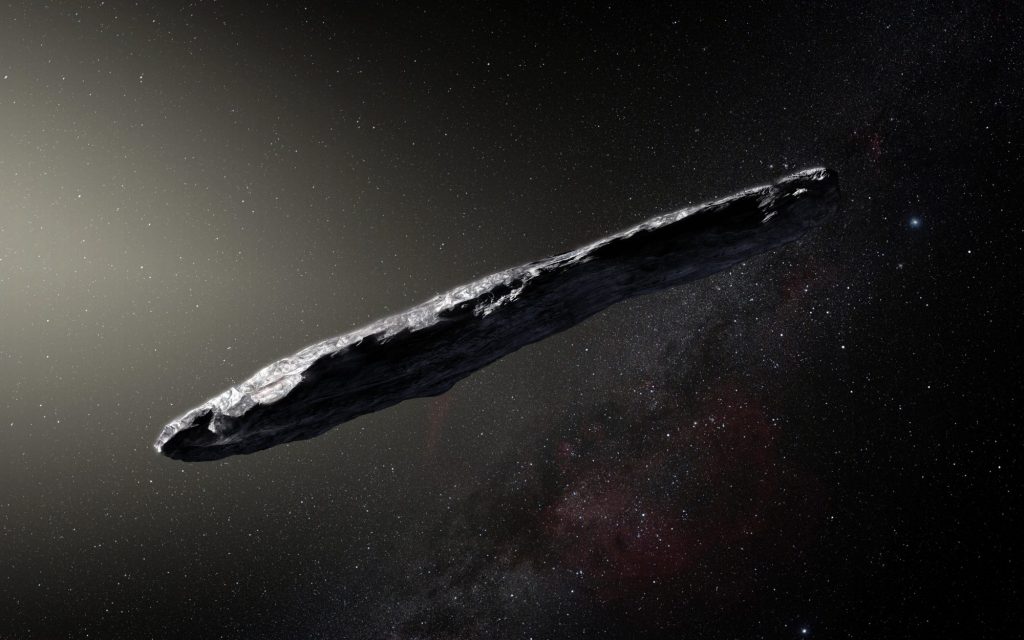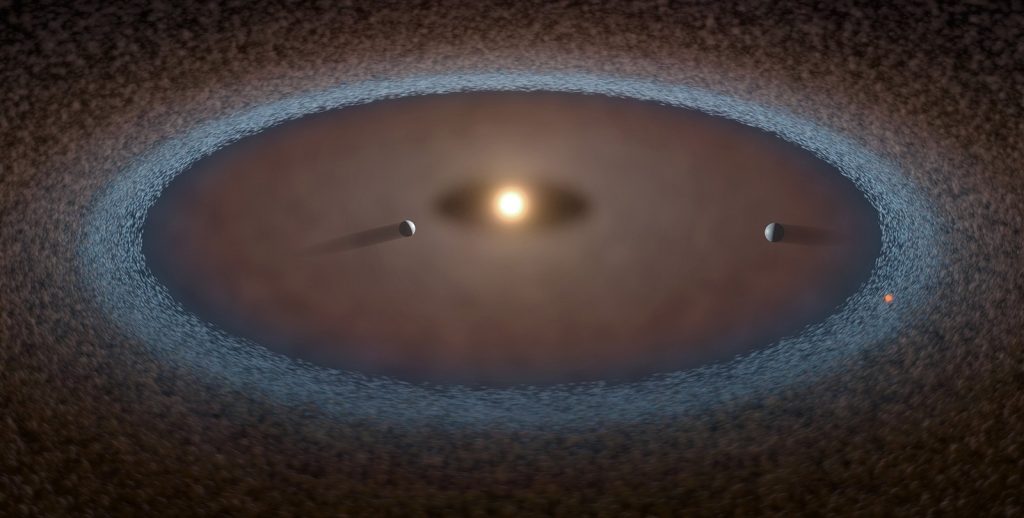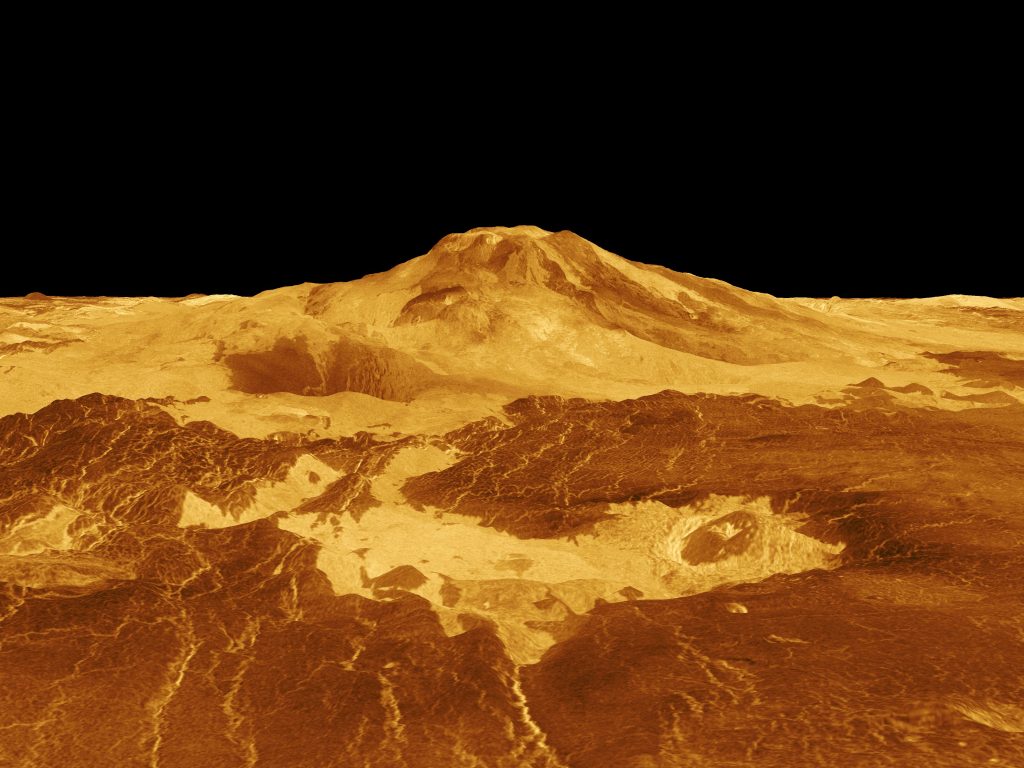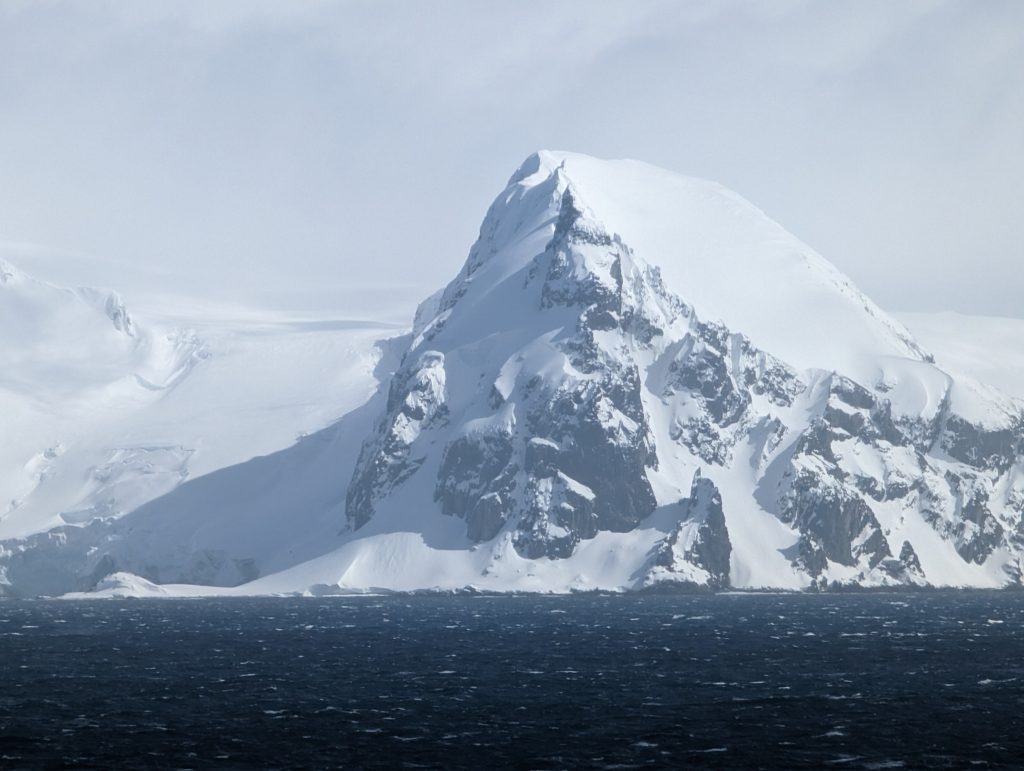Who polluted the globular clusters?
Globular clusters are very dense, spherical collections of stars with a radius of a dozen to a hundred light-years. They can contain up to a million stars and are found in all kinds of galaxies. There are about 180 of them in our galaxy. One of their great mysteries is the composition of the stars they contain. Although they were all born at the same time in the same gas cloud, the proportions of oxygen, nitrogen, sodium and aluminum, for example, vary from one star to another. A team from the Universities of Geneva (UNIGE) and Barcelona and the…
